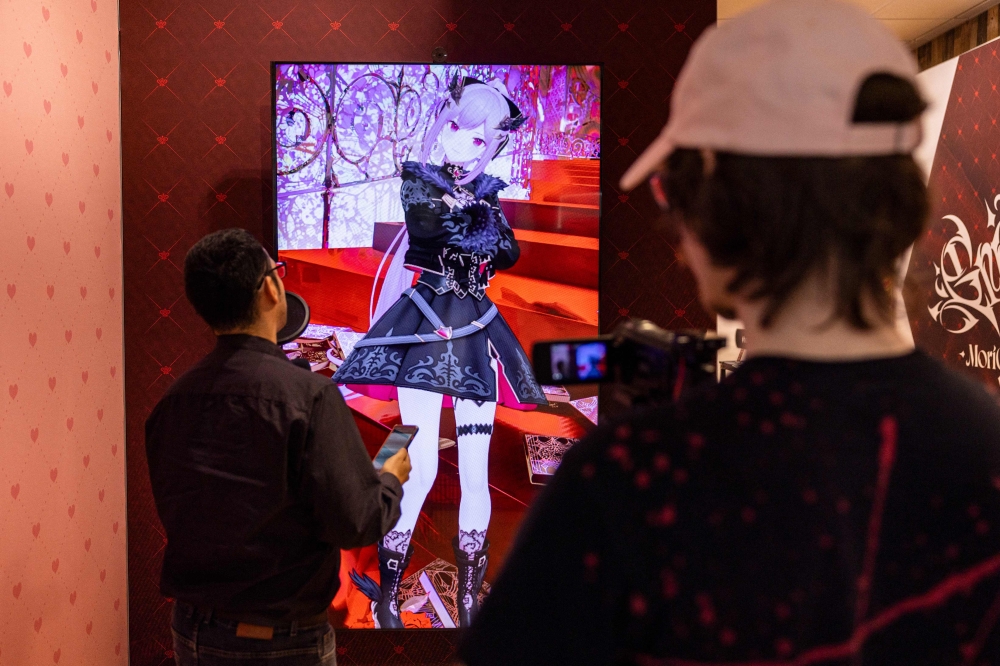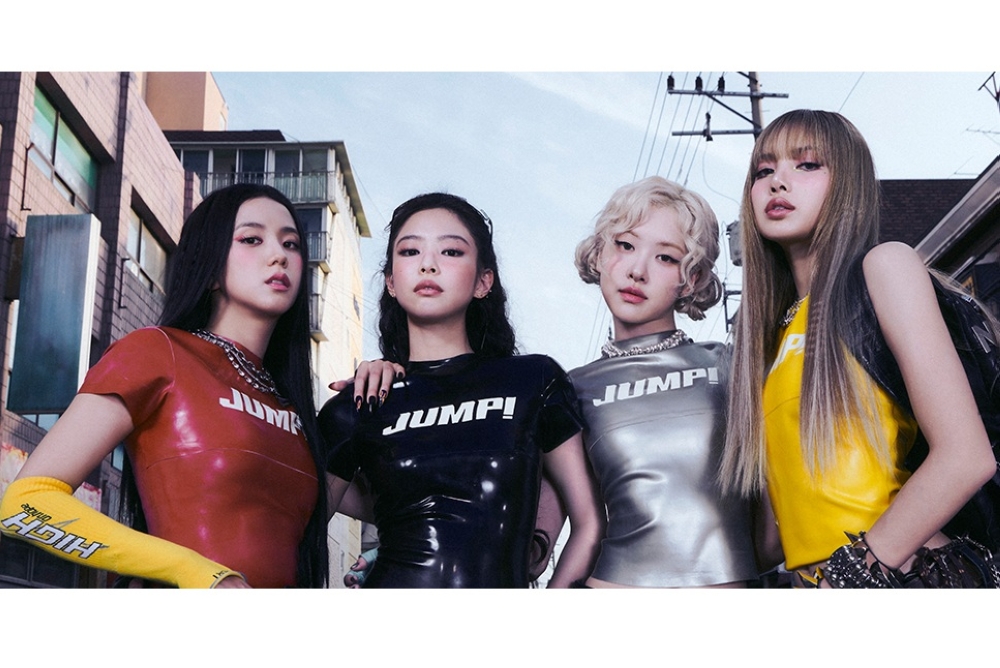JULY 18 — “Men are naturally stronger than women.”
“Older people don’t get technology.”
“Asians are all good at maths.”
If you’ve heard these statements, you’ve encountered stereotypes — oversimplified ideas about groups of people that persist across cultures and media. While some may sound harmless or even humorous, others can be deeply damaging, especially when reinforced by digital media that reaches millions daily.
Take gender stereotyping, for instance. In many countries, especially across Asia, digital and traditional media continue to portray women in narrow, outdated roles. Whether it’s the self-sacrificing mother, the desperate single woman, or the objectified beauty, these portrayals do more than entertain — they shape public attitudes, expectations, and even policies that affect women’s lives.
Let’s look at Sri Lanka, where both state-run and private media dominate news coverage through TV, radio, newspapers, and increasingly, mobile apps and social platforms. According to the Sri Lanka Development Journalists Forum, women often get the short end of the stick when it comes to fair representation. The organisation notes that media outlets “breach standards of ethical reporting as they reinforce negative stereotypes and sensationalise issues of women.”
One striking example comes from an analysis of how female ex-combatants of the LTTE were portrayed in Sri Lankan newspapers. Researcher Alice McFeeters found that these women were often painted as “abnormal” or “failed” for stepping outside traditional gender roles. Instead of acknowledging their complex wartime experiences, the media chose to focus on how they deviated from ideals like motherhood and domesticity.
The stereotyping doesn’t stop there. A 2023 study by media analyst P. Jayasuriya found that Sinhala newspapers frequently highlight a woman’s appearance even when it’s unrelated to the story. This kind of objectification might seem subtle, but it chips away at how seriously female voices are taken — especially in reports covering sensitive issues like violence or political participation.
A similar pattern emerges in China. While Chinese women are encouraged to be modern, independent, and educated, they’re still expected to embody the virtues of a traditional wife and mother. Sociologist Li Ying calls this the “perfect woman paradox,” where the ideal female is simultaneously smart, sexy, selfless, and silent.
The problem, says Li, is that these media-driven ideals pressure ordinary women to live up to impossible standards. From viral beauty challenges like the “A4 waist” and “comic legs” to heavily edited livestreams that promote a flawless look, young women feel the need to constantly perform femininity online. According to a 2022 survey by the All-China Women’s Federation, 61 per cent of Chinese women believe media stereotypes negatively impact their career development.
It’s not just about beauty standards, either. A study by Chinese media scholar Yang Xiuqing found that in over 100 prime-time dramas, 72 per cent of female characters were shown prioritising family over career. In contrast, only 12 per cent of male characters did the same. These shows repeatedly reinforce the idea that a woman’s primary value lies in the home — not the boardroom.
Digital advertising adds fuel to the fire. One example that drew widespread backlash in China was a series of coconut juice ads by the Coconut Tree Group. The company released several ads featuring female models in revealing clothes, using sexually suggestive slogans like “white, tender and plump.” While the campaign was eventually pulled and criticised for objectifying women, it highlights how companies still equate female beauty with sex appeal — and sales.
Social media, unfortunately, amplifies these stereotypes. Algorithms push content that performs well, which often means flashy, emotionally charged, or sensational content. When women who don’t conform to these expectations speak out online, they’re often met with harassment, trolling, or silencing. That creates a chilling effect where women censor themselves rather than challenge the status quo.

Journalists interview VTuber Mori Calliope, interacting with her through a screen interface displaying the animated avatar of the performer, at a Hololive pop-up store at the Beverly Center shopping mall in Los Angeles, California, on February 27, 2025. — AFP pic
Even traditional values are now being digitally weaponised. Researchers Fang Liu and Víctor Rojas argue that Confucian and Buddhist ideals are often used in Chinese media to justify the subordination of women. Phrases like “men outside, women inside” still guide expectations in both private and public life. Under these norms, a working mother is seen as selfish, while a stay-at-home father is praised for “helping out.”
And when stereotypes are embedded in news reporting or drama scripts, they can become a self-fulfilling prophecy. Psychologists like John Steele and Nalini Ambady warn that constant exposure to stereotype-driven narratives can undermine women’s self-confidence and ambitions, especially in fields like science, politics, or business.
So, what’s the solution?
Experts agree that change has to happen on multiple fronts. Media outlets must take greater responsibility for how they portray women — moving beyond token representation or typecasting. This means training journalists to report sensitively, avoiding unnecessary focus on appearance, and giving space to diverse female voices.
Regulators, too, must step up. While many countries have laws against gender discrimination in media, enforcement is often weak or reactive. Bodies like the All-China Women’s Federation advocate for stronger oversight, particularly on social media platforms that profit from content engagement without vetting for harm.
Most importantly, the audience plays a role. As consumers of digital media, we must demand better. We need to challenge lazy stereotypes, support content that reflects real women’s lives, and call out harmful trends when we see them. As long as we keep clicking on videos that objectify or ridicule women, advertisers and platforms will keep delivering more of the same.
Breaking digital stereotypes won’t happen overnight. But it starts with questioning the images we see — and the assumptions we’ve been taught to believe. Women are more than just mothers, muses, or martyrs. They’re leaders, thinkers, creators, and individuals with stories that deserve to be told truthfully.
It’s time media caught up with that reality.
* Tharindi Rangoda, Feng Shengnan and Mohd Istajib Mokhtar are from the Department of Science and Technology Studies, Faculty of Science, Universiti Malaya, and may be reached at [email protected]
** This is the personal opinion of the writer or publication and does not necessarily represent the views of Malay Mail.






